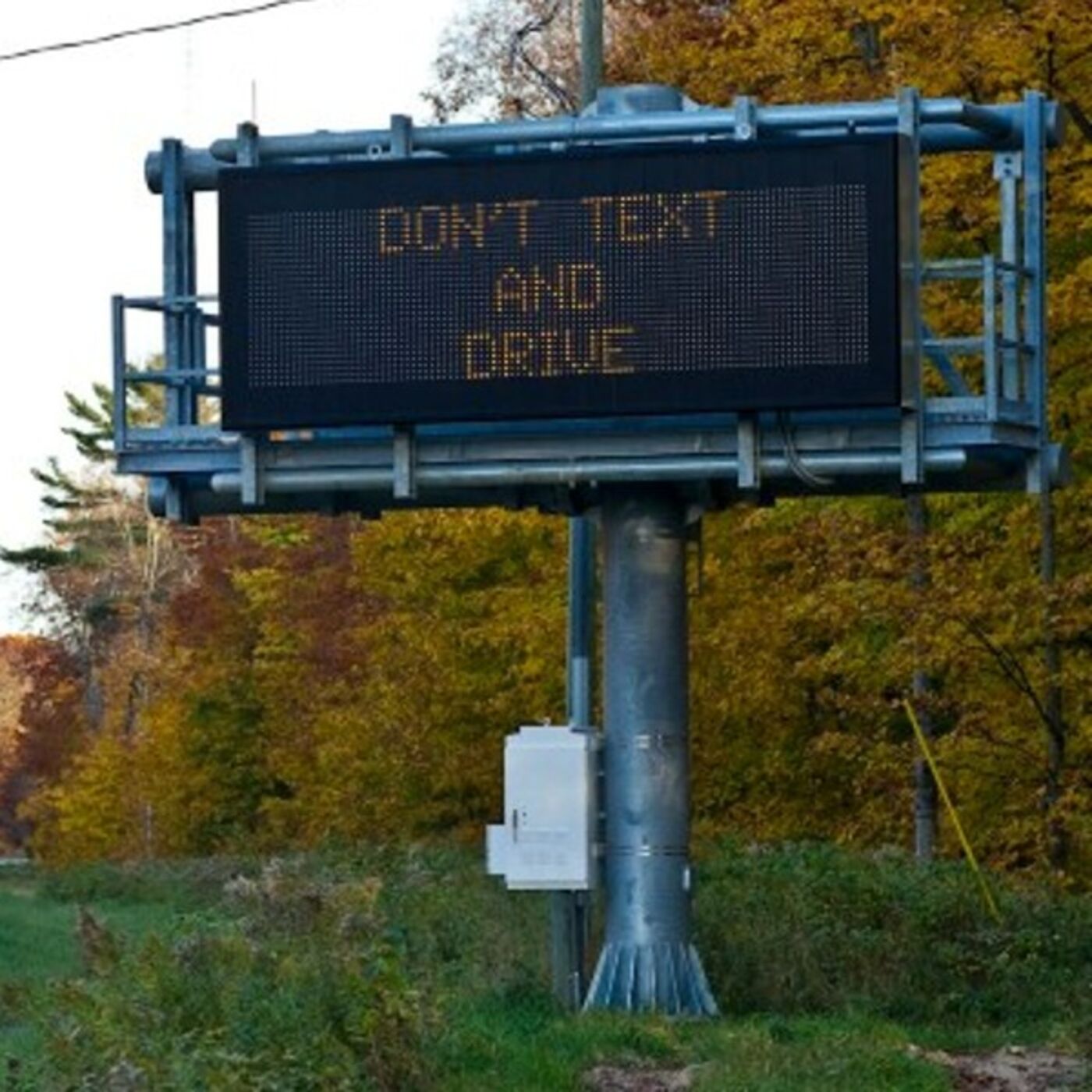- Government
- SEE MORE
- classical
- general
- talk
- News
- Family
- Bürgerfunk
- pop
- Islam
- soul
- jazz
- Comedy
- humor
- wissenschaft
- opera
- baroque
- gesellschaft
- theater
- Local
- alternative
- electro
- rock
- rap
- lifestyle
- Music
- como
- RNE
- ballads
- greek
- Buddhism
- deportes
- christian
- Technology
- piano
- djs
- Dance
- dutch
- flamenco
- social
- hope
- christian rock
- academia
- afrique
- Business
- musique
- ελληνική-μουσική
- religion
- World radio
- Zarzuela
- travel
- World
- NFL
- media
- Art
- public
- Sports
- Gospel
- st.
- baptist
- Leisure
- Kids & Family
- musical
- club
- Culture
- Health & Fitness
- True Crime
- Fiction
- children
- Society & Culture
- TV & Film
- gold
- kunst
- música
- gay
- Natural
- a
- francais
- bach
- economics
- kultur
- evangelical
- tech
- Opinion
- gaming
- College
- technik
- History
- Jesus
- Health
- movies
- radio
- services
- Church
- podcast
- Education
- international
- Transportation
- Other
- kids
- podcasts
- philadelphia
- Noticias
- love
- sport
- Salud
- film
- and
- 4chan
- Disco
- Stories
- fashion
- Arts
- interviews
- hardstyle
- entertainment
- humour
- medieval
- literature
- alma
- Cultura
- video
- TV
- Science
- en
New research yields surprises on traffic safety messages

b'
On this week\\u2019s Talking Michigan Transportation podcast, conversations with two academics studying the effect of safety messages on driver behavior.\\xa0
First, Joshua Madsen, a professor of accounting and behavioral economics at the University of Minnesota, talks about a research report he co-authored \\u2014 and highlighted in the Journal Science \\u2014 that examined whether highway signs displaying traffic deaths reduce crashes.\\xa0
In the second segment, Jerry Ullman, a senior research engineer at the Texas A&M Transportation Institute, talks about a perspective he wrote to accompany the story in Science.\\xa0
Madsen explains how he first encountered the messages while driving in Illinois and was struck by the starkness of the numbers. He wondered about context and how the numbers were derived.\\xa0
As outlined in the story:\\xa0
"Researchers focused on Texas, which consistently displayed the messages for one week every \\xa0 month on 880 signs across the state\\u2019s highways. Researchers gathered data on all traffic crashes that happened on affected roads between 2010 and 2017. They compared crashes that occurred in weeks when fatality stats were displayed with those that happened during the rest of the month, taking care to compare only the accidents that happened at the same hour and on the same day of the week. They also controlled for weather and for holidays, which can independently affect the number of crashes. "
While conceding the difficulty of researching these topics, determining cause and affect and discerning what and when messages can influence behavior, Madsen cites one initiative with resonance: placing the wreckage of vehicles, which had been driven by a teenager, at rest areas.\\xa0
During his segment, Ullman talks about whether the effect of higher fatality numbers is plausible and questioned whether drivers are really processing larger and smaller death rates differently. He says he would like to see more research on the cause of the increase. \\xa0
Ullman also talks about the importance of message design and other research on how optimism bias informs our judgment.
Podcast player photo: MDOT Dynamic Message Sign board displaying a safety message.